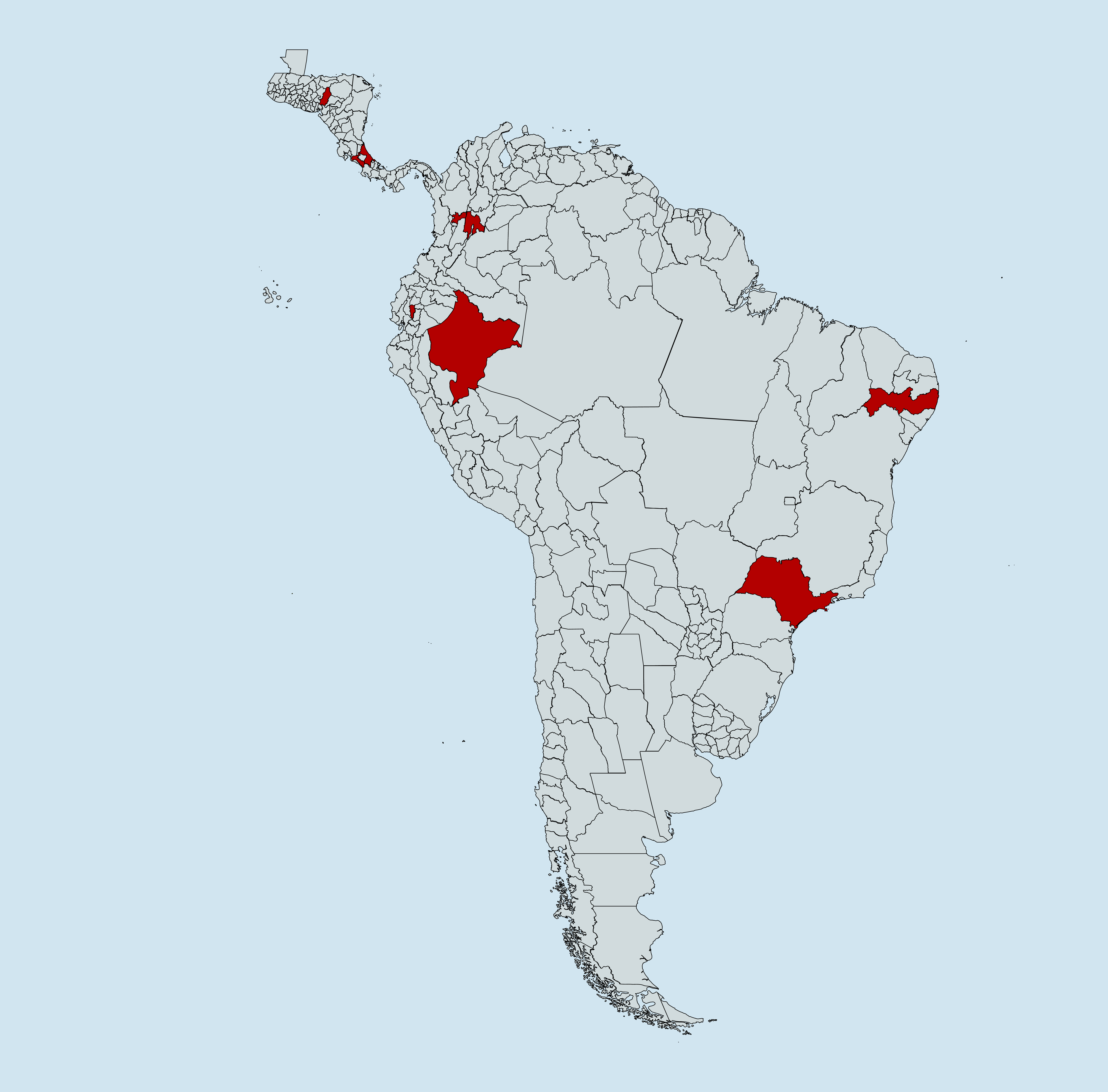Meloetyphlus Fuscatus on:
[Wikipedia]
[Google]
[Amazon]
''Meloetyphlus fuscatus'', the blind blister beetle, is a species of blister beetle in the family Meloidae found in Central and South America. They are kleptoparasites of
The life cycle of ''M. fuscatus'' begins when an adult female oviposits in an empty cell of its host's nest. The triungulins hatch within 20 day after oviposition and immediately set off looking for a provisioned bee nest to parasitize. This can be accomplished by attaching to a female bee to gain access to her nest. If a female emerges in a cell near that of the triungulins, they will attach to her. But in the instance of a male emerging near the triungulins, they will attach to him and transfer to a female during mating. Once a triungulin has infiltrated an active nest cell and the cell is sealed off, it will proceed to eat the bee egg and pollen privisions of that cell. After the triungulin pupates, it uses its strongly modified forelegs and mandibles to dig out of the sealed cell and look for a mate. Adult ''M. fuscatus'' do not feed, and the fecundity of females is determined by the amount of nutrition consumed as an immature.
 To date'', M. fuscatus'' has been recorded in:
* Honduras: Francisco Morazán
*Costa Rica: Limón,
To date'', M. fuscatus'' has been recorded in:
* Honduras: Francisco Morazán
*Costa Rica: Limón,
orchid bees
The tribe Euglossini, in the subfamily Apinae, commonly known as orchid bees or euglossine bees, are the only group of corbiculate bees whose non-parasitic members do not all possess eusocial behavior.
Description
Most of the tribe's species ...
and are entirely blind as adults. Unique among meloids, females do not lay their eggs near flowers, but rather within their hosts' nests.
Description and etymology
Description
''M. fuscatus'' is a blind, dull, and robustblister beetle
Blister beetles are beetles of the family Meloidae, so called for their defensive secretion of a blistering agent, cantharidin. About 7,500 species are known worldwide. Many are conspicuous and some are aposematically colored, announcing their ...
. The eyeless head is larger than is typical for blister beetles and provides more attachment area for mandibular muscles (this head shape is only observed once elsewhere in Meloidae, in the tribe Horiini). Length ranges from 12 to 17mm; males are typically larger and have more strongly modified legs than females.
Etymology
The generic and specific names derive from ''Meloe
The blister beetle genus ''Meloe'' is a large, widespread group commonly referred to as oil beetles. They are known as "oil beetles" because they release oily droplets of hemolymph from their joints when disturbed; this contains cantharidin, a ...
'' + Greek τῠφλός (''tuphlós'') for blind, and Latin ''fusco'' for dusky.
Life history
Host species
''M. fuscatus'' is a kleptoparasite of threeorchid bee
The tribe Euglossini, in the subfamily Apinae, commonly known as orchid bees or euglossine bees, are the only group of corbiculate bees whose non-parasitic members do not all possess eusocial behavior.
Description
Most of the tribe's species ...
genera: '' Eufriesea,'' ''Eulaema
''Eulaema'' is a genus of large-bodied euglossine bees that occur primarily in the Neotropics. They are robust brown or black bees, hairy or velvety, and often striped with yellow or orange, typically resembling bumblebees. They lack metallic co ...
, and Exaerete''
Known host species:
Range and habitat
Range
 To date'', M. fuscatus'' has been recorded in:
* Honduras: Francisco Morazán
*Costa Rica: Limón,
To date'', M. fuscatus'' has been recorded in:
* Honduras: Francisco Morazán
*Costa Rica: Limón, San José
San José or San Jose (Spanish for Saint Joseph) most often refers to:
*San Jose, California, United States
*San José, Costa Rica, the nation's capital
San José or San Jose may also refer to:
Places Argentina
* San José, Buenos Aires
** San ...
* Colombia: Caldas, Cundinamarca
* Ecuador: Bolívar
* Trinidad
Trinidad is the larger and more populous of the two major islands of Trinidad and Tobago. The island lies off the northeastern coast of Venezuela and sits on the continental shelf of South America. It is often referred to as the southernmos ...
* Peru: Loreto
* Brazil: Pernambuco
Pernambuco () is a state of Brazil, located in the Northeast region of the country. With an estimated population of 9.6 million people as of 2020, making it seventh-most populous state of Brazil and with around 98,148 km², being the 19 ...
, São Paulo
São Paulo (, ; Portuguese for 'Saint Paul') is the most populous city in Brazil, and is the capital of the state of São Paulo, the most populous and wealthiest Brazilian state, located in the country's Southeast Region. Listed by the GaWC a ...
, Ceará
Ceará (, pronounced locally as or ) is one of the 26 states of Brazil, located in the northeastern part of the country, on the Atlantic coast. It is the eighth-largest Brazilian State by population and the 17th by area. It is also one of the ...
Habitat
Adults are found in, on, or vicinal to their host's nest. Triungulins are found in their host's nest or on the host.References
{{Taxonbar, from=Q2400721 Wikipedia Student Program Meloidae Beetles described in 1872 Beetles of South America